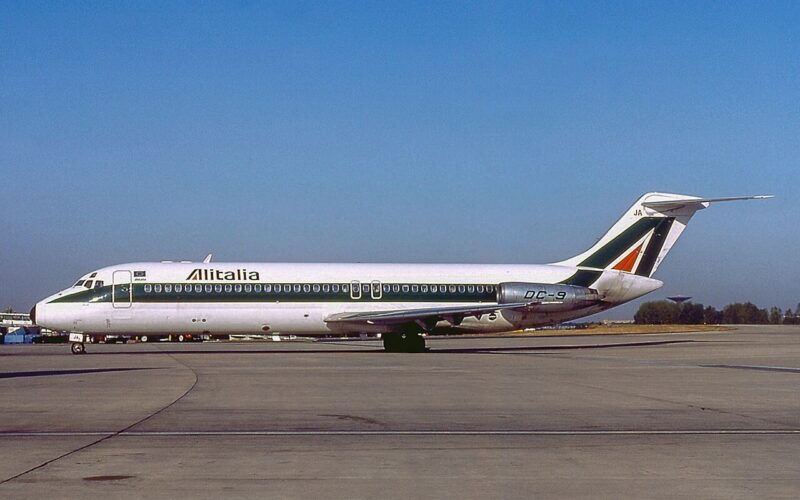32 years ago, Alitalia (AZA) flight 404 from Milan Linate (LIN), Italy crashed into Stadlerberg Mountain while on approach to Zurich (ZRH), Switzerland. The crash claimed the lives of all 46 occupants onboard the Douglas DC-9, registration I-ATJA.
The accident is an example of what is known as Controlled Flight Into Terrain (CFIT). While technology such as the ground proximity warning system (GPWS) is designed to help prevent collision with terrain, such accidents can still occur. According to IATA, six CFIT accidents resulted in 108 fatalities between 2017 and 2021.
The Federal Aviation Authority (FAA) defines CFIT as an unintentional collision with terrain including the ground, a mountain, a body of water, or an obstacle while an aircraft is under positive control.
The accident was investigated by the Department of Environment, Transport, Energy and Communications (DETEC) Switzerland with aid from Italian and other European investigators. Since the accident involved an American built plane, both the National Transportation Safety Board (NTSB) and Federal Aviation Authority (FAA) assisted.
Controlled flight into terrain
For passengers, the flight would have seemed completely normal, until the moment of sudden impact. The wreckage provided indications that the DC-9 struck the mountain at 1,600 feet in a level position, as if it were coming in for a routine landing.
As with many aviation accidents, this crash occurred due to several factors, both mechanical and human. Crucially in this case, an error in the aircraft’s navigation system was one of the main causes and led to the crew thinking they were at the correct altitude while on the ILS approach, when in fact they were too low. This failure of the navigation system also disabled key warning systems ( notably the GPWS), which could have alerted the pilots to the danger.
In addition, investigators cited “unsuitable cooperation between the pilots during the approach” and highlighted that air traffic control (ATC) did not notice that the aircraft had left a safe altitude before it was supposed to.
Tragically, the first officer, who was flying the approach, attempted a go-around procedure seconds before impact, seemingly because he was uncertain of the aircraft’s position, but he was prevented by the captain. Studies carried out after the crash showed that had the go-around continued, the aircraft would have just cleared the mountain.
The final report commented: “A timely warning from the approach controller and the appropriate action by the crew might possibly have prevented the accident.”
In the aftermath of this tragedy, recommendations were made on go-around procedures, ATC duties in the event of altitude undershoots, and ways of improving aircraft systems, including technology to indicate whether a navigation instrument has failed and ensuring the GPWS still functions in the event of an instrument failure. In addition, investigators recommended obstacle lighting be installed on the Stadlerberg.

